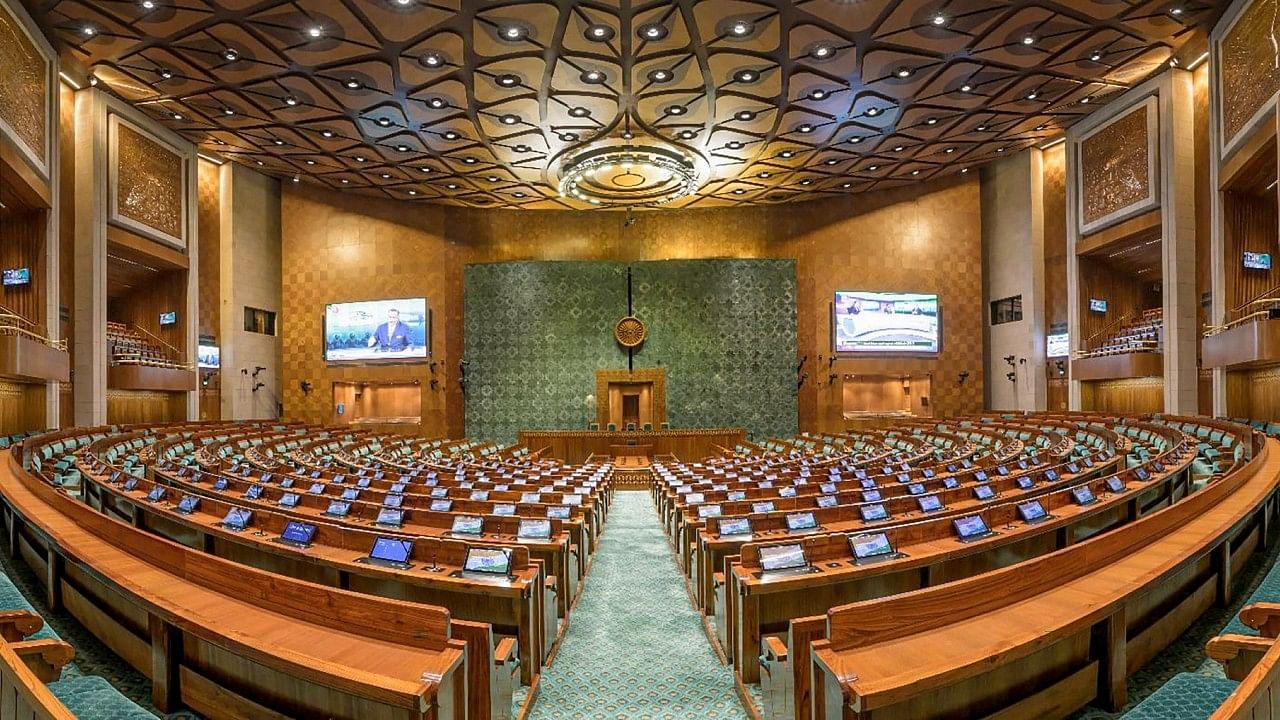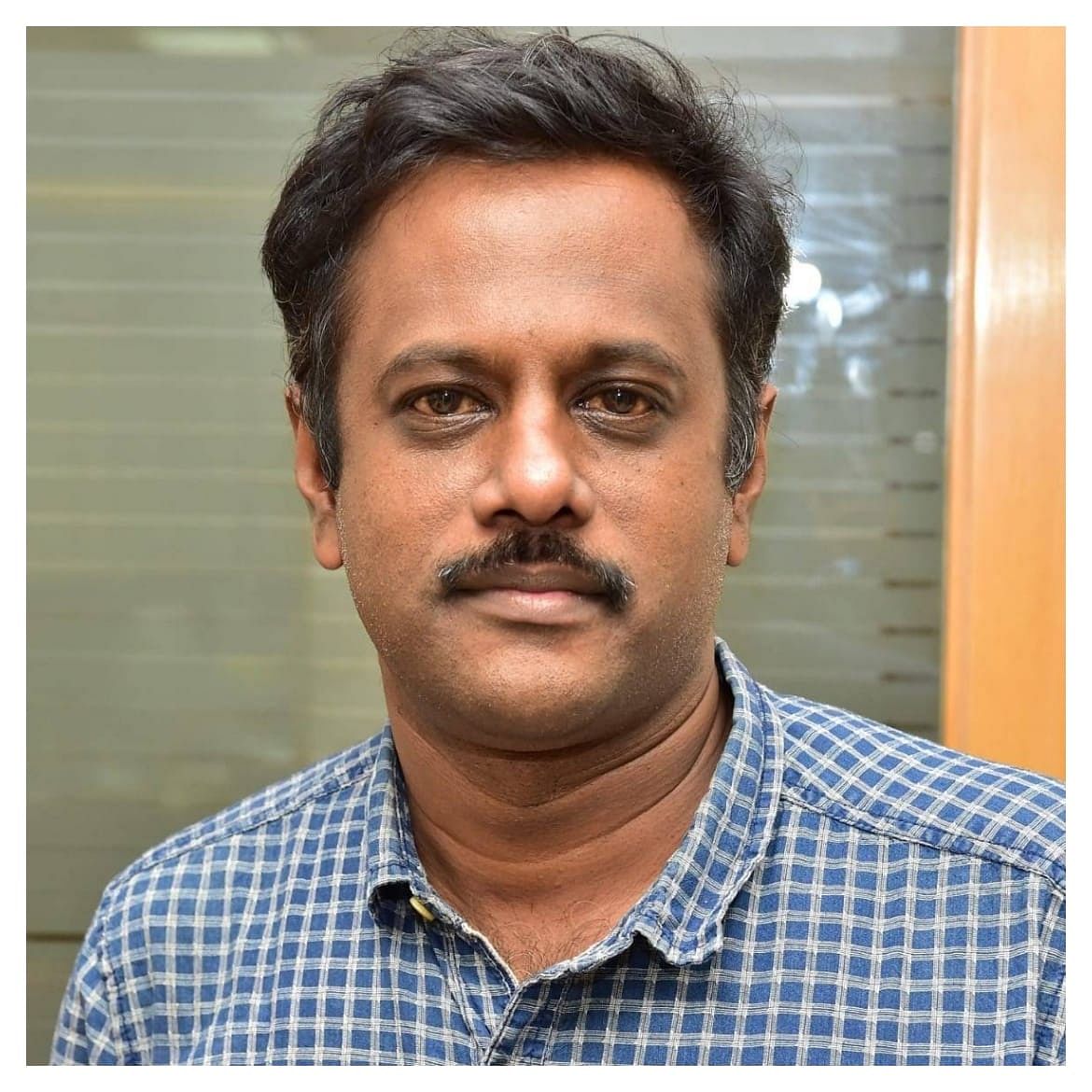
Inside view of the new Parliament building.
Credit: PTI Photo
New Delhi: The demand for electing Lok Sabha Speaker by consensus and giving the Deputy Speaker’s post to the Opposition is as old as Indian Parliament, with the issue figuring for the first time in the midst of the election to the post on 15 May, 1952.
During Speaker’s elections over years, there were demands for secret voting as well as that ministers should not be proposed MPs for the post. One of the elections also saw women MPs who were moving motions or seconding it demanding that the new Speaker take steps to pilot women’s quota bill.
An MP Lanka Sundaram, who was an expert in international law, passionately argued for a consensus on the Speaker’s post and the government leaving the Deputy Speaker’s post to the Opposition, which did not attract the attention of a majority of the MPs.
Two contenders – GV Mavlankar proposed by then prime minister Jawaharlal Nehru and Shankar Shantaram proposed by Leader of Opposition AK Gopalan – were in fray and a motion seeking Mavlankar as Speaker got through 394-55. Sundaram’s name does not figure in the list of voters.
The story continues as the current Opposition, the I.N.D.I.A bloc, has put a condition for a consensus on Speaker’s post only if the government allots the Deputy Speaker’s position to them. As there was no consensus, Congress’ Kodikkunnil Suresh will take on BJP’s Om Birla.
This was not the only time motions to elect more than one MP as Speaker came up – motions were moved in 1967, 1976 and 1998 but all times, the ruling coalition’s candidate sailed through.
The last time the Speaker’s election was held was in 1998 when TDP’s GMC Balayogi was pitted against PA Sangma. Then Prime Minister AB Vajpayee proposed Balayogi’s name while Home Minister LK Advani seconded it while Sharad Pawar was Sangma’s proposer. Pawar’s motion was negatived by a voice vote.
In 1999, GMC Balayogi again entered the fray but as a consensus candidate. Sonia Gandhi seconded Vajpayee’s motion and interestingly, Pawar also proposed Balayagi’s name.
The 1999 Speaker election also saw women MPs who were proposing or seconding motions in favour of Balayogi demanding that he should ensure that the Women’s Reservation Bill be passed.
While seconding a motion moved by CPI’s Indrajit Gupta, CPI MP Geeta Mukherjee said she was doing so with the confidence that he will facilitate piloting the women’s quota bill. AK Premajam also supported Mukherjee.
Then Railways Minister Mamata Banerjee, while moving her motion, said she supported Mukherjee’s remarks and expressed hope that “our Speaker-elect will be able to give us a full democratic strength in this House”.
The 1991 election was curious and at the same time spoke about consensus after CPI(M)’s Basudev Acharya did not move his motion seeking election of Rabi Ray as Speaker. Shivraj Patil had then become Speaker even as Acharya said that the Congress and the BJP had reached out to them and they wanted consensus.
The 1967 polls showed Sanjiva Reddy becoming Speaker after a contest that saw the motion passing 278-207 votes. This was one of the closest Speaker’s elections. It was during this election that one of the MPs demanded secret voting.
The Speaker election in 1976 saw the Opposition getting just 58 votes. That time the motion seeking the election of BR Bhagat was passed.
